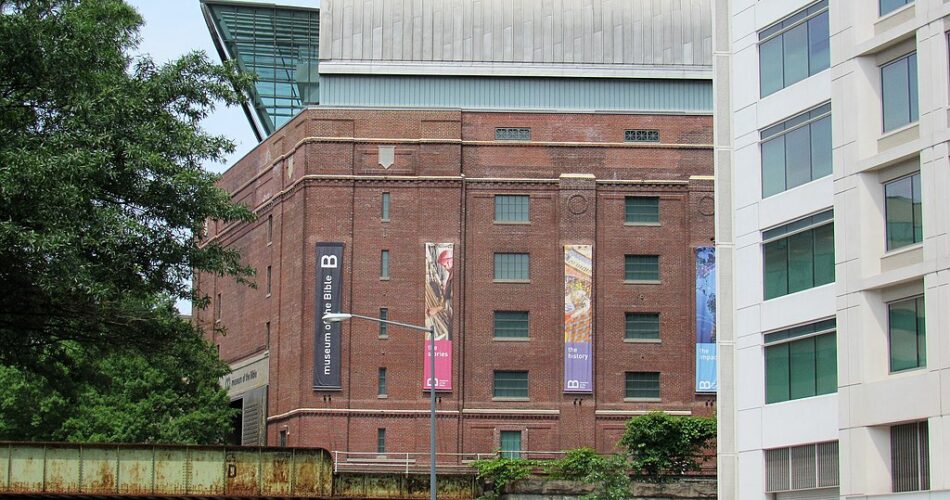It was hidden for centuries.
A new exhibit at the Museum of the Bible is displaying an ancient Jewish manuscript from Afghanistan, known as the Afghan Liturgical Quire. This 1,300-year-old text contains prayers and poems based on the Old Testament, including the earliest known version of the Passover Haggadah. The manuscript, linked to the historic Silk Road trading route, sheds light on Afghanistan’s cultural diversity, offering a contrast to the region’s modern reputation as a conflict-ridden area.
Titled “Sacred Words: Revealing the Earliest Hebrew Book,” the exhibit opened in September 2023 and will run until January 2025. The book was originally created by a Jewish community living in the Bamiyan Valley, an area under Buddhist rule at the time. Following its display in Washington, the manuscript will move to the Jewish Theological Seminary in New York. Scholars are also set to publish research on the book’s historical significance in 2024.
Herschel Hepler, associate curator at the Museum of the Bible, highlighted the misconceptions surrounding Afghanistan’s cultural identity, particularly due to modern extremism. Hepler pointed out that during its Silk Road era, Afghanistan was a hub where Jews, Muslims, and Christians coexisted peacefully. He hopes the exhibit will help visitors appreciate Afghanistan’s rich and diverse history.
The Afghan Liturgical Quire was discovered by a member of the Hazara community in 1997 and eventually acquired by the Green family, founders of the Museum of the Bible, who donated it to the museum in 2015. After being mislabeled initially, its true significance was recognized following extensive research by scholars working with various institutions representing Afghan Jews.
Despite setbacks such as the COVID-19 pandemic and the Taliban’s resurgence, the project continued with the support of former Afghan officials and international scholars. The exhibit aims to broaden perceptions of Afghanistan’s history and celebrate the resilience of its people and cultural heritage.
